
|
|
|
| synonym |
|
| description |
A dark, mostly blackish species. The vertex is a dirty yellow color, the face is yellow to white. The pronotum and scutellum are entirely blackish brown. The wings are almost entirely blackish brown, concolorous with the thorax, except for along the costal margin. The outer basal cell along the costal margin is yellow to white, with this pale coloration extending to the apical cross veins; therefore, the pale coloration widens posteriorly since the cell widens. The costal margin itself is a bold yellow. The underside of the thorax and abdomen are yellow; the abdomen is brown above. Adults are 3.0- 3.25 mm long. (Christian, 1956) |
| distribution |
Southeastern United States; previously only known from Florida. See note in comments section. |
| abundance |
Recorded from a couple counties in the Piedmont; probably more abundant in the right habitat. |
| seasonal_occurrence | |
| habitat |
Has been found in mixed hardwood and open forest habitat. |
| plant associates |
Ferns (Polypodiaceae); collected from southern woodfern (Dryopteris ludoviciana) (Christian, 1956) |
| behavior |
Can be attracted at night with a light. |
| comments |
This species is very similar to in appearance to E. nigra. Both species are almost entirely blacksih dorsally, with slight differences in the wing coloration. In E. nigra, there is a longitudinal yellow stripe along the costal margin, extending almost to the apical cross veins. However, in E. omani, the outer basal cell along the costal margin is white to pale yellow in color, extending to the apical cross veins. Rather than having a pale stripe along the costal margin, almost the entire outer wing cell is pale. The two species also differ in size: nigra is 3.75-4.0 mm long, while omani is 3.0-3.25 mm. (Christian, 1956)
NOTE: E. omani is a species only known from Florida when it was first described in the 1950's. Dryopteris ludoviciana, from which this species has been collected, is found throughout the southern United States so it is very likely this species occurs well outside Florida and has just gone undetected. Specimens on this page match the description for E. omani, but specimens will be needed to confirm whether individuals with this pattern are omani or just a color variant of E. nigra. |
status |
[Native:]
[Introduced:]
[Extirpated:] | | list_type |
[Official:]
[Provisional:] |
| adult_id | Unmistakable and widely known Identifiable from good quality photos of unworn specimens
Identifiable from photos showing undersides, or other specialized views [e.g., legs, face]
Identifiable only by close inspection of structural features or by DNA analysis NULL |
| nymph_id | Unmistakable and widely known Identifiable from good quality photos, especially where associated with known host plants
Identifiable from close inspection of specimens or by DNA analysis
Identifiable only through rearing to adulthood NULL |
| G_rank |
|
| S_rank |
|
| rank_comments |
|
| tribe |
Typhlocybini |
| subgenus |
Eupteryx |
Species Photo Gallery for Eupteryx omani No Common Name |
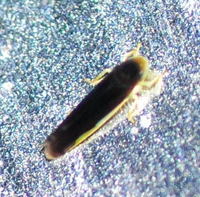 | Photo by: Kyle Kittelberger
Wake Co.
Comment: mixed hardwood forest habitat | 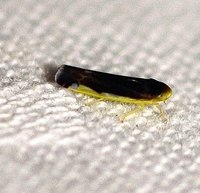 | Photo by: Paul Scharf
Warren Co.
Comment: Caught sweeping |
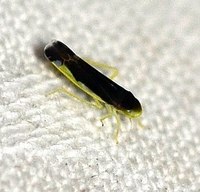 | Photo by: Paul Scharf
Warren Co.
Comment: Caught sweeping | 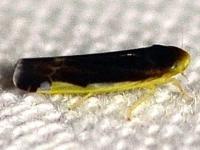 | Photo by: Paul Scharf
Warren Co.
Comment: Caught sweeping |
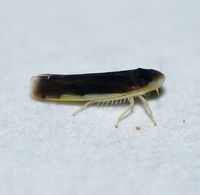 | Photo by: Paul Scharf
Warren Co.
Comment: Attracted to Black Light | 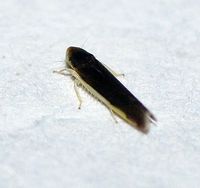 | Photo by: Paul Scharf
Warren Co.
Comment: Attracted to Black Light |
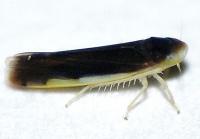 | Photo by: Paul Scharf
Warren Co.
Comment: Attracted to Black Light | 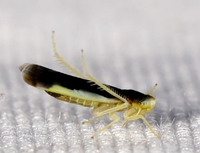 | Photo by: John Petranka
Orange Co.
Comment: Attracted to 15W UV lamp |
|

 »
»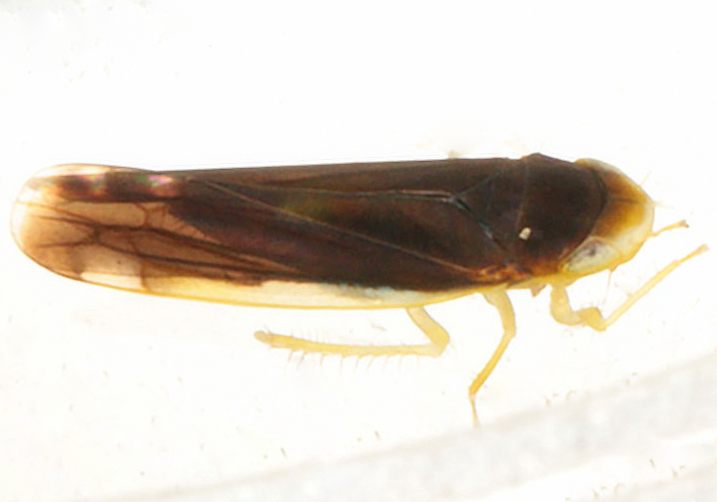

 »
»